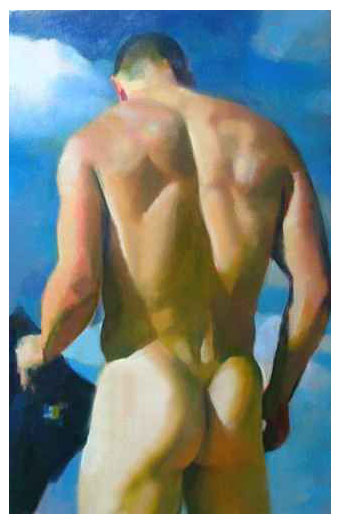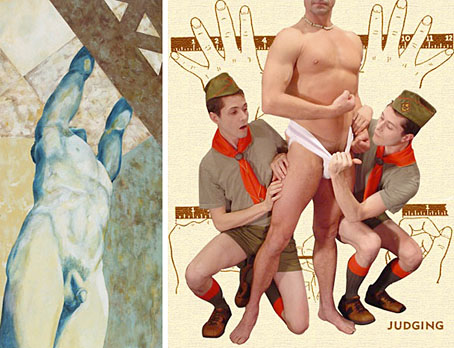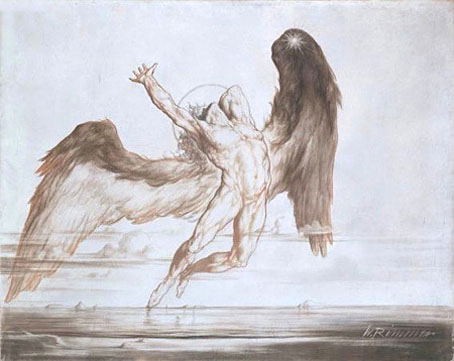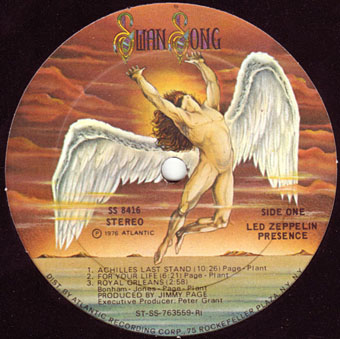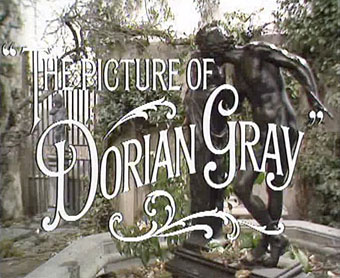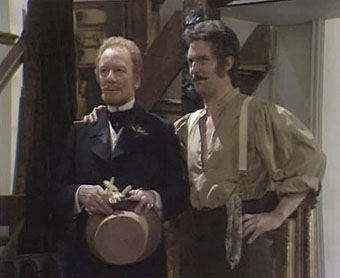The Mermaid by Howard Pyle (1910).
A print of Howard Pyle’s wonderful mermaid painting adorns my bathroom and after looking at the Delaware Art Gallery page I’m surprised to discover that it was left unfinished. The Delaware gallery has more of Pyle’s work including his strikingly sparse pirate painting Marooned, which appeared on the cover of the Hal Willner compilation Rogue’s Gallery: Pirate Ballads, Sea Songs, and Chanteys, in 2006.
Mermaids are a popular thing on the web, of course, with several picture galleries of varying quality available, from prime Victorian to gaudy contemporary; needless to say, I prefer the former. All of which begs the obvious question: where are the mermen?
Previously on { feuilleton }
• Octopulps
• Howard Pyle’s pirates
• The Masks of Medusa
• Rogue’s Gallery: Pirate Ballads, Sea Songs, and Chanteys


